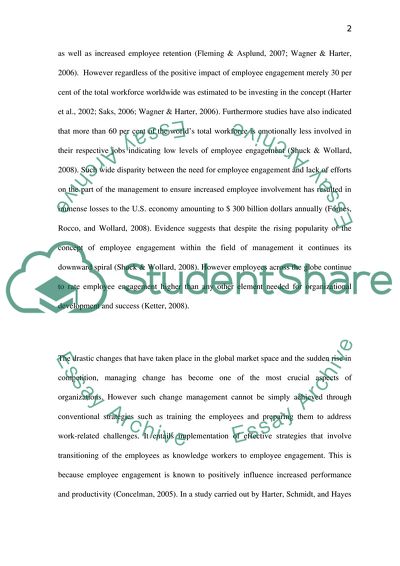Cite this document
(The Crucial Importance of Employee Engagement Research Proposal, n.d.)
The Crucial Importance of Employee Engagement Research Proposal. Retrieved from https://studentshare.org/human-resources/1830754-human-resources-management-research-methodology
The Crucial Importance of Employee Engagement Research Proposal. Retrieved from https://studentshare.org/human-resources/1830754-human-resources-management-research-methodology
(The Crucial Importance of Employee Engagement Research Proposal)
The Crucial Importance of Employee Engagement Research Proposal. https://studentshare.org/human-resources/1830754-human-resources-management-research-methodology.
The Crucial Importance of Employee Engagement Research Proposal. https://studentshare.org/human-resources/1830754-human-resources-management-research-methodology.
“The Crucial Importance of Employee Engagement Research Proposal”. https://studentshare.org/human-resources/1830754-human-resources-management-research-methodology.


